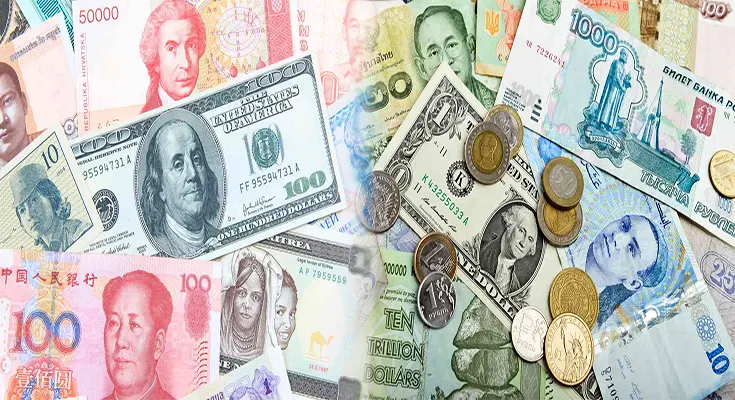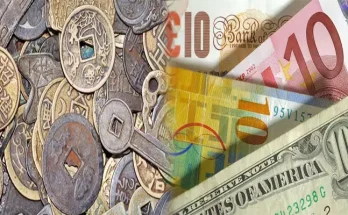In the field of economics, the concept of money serves as a fundamental building block for understanding how economies function and exchange value. Money, in its various forms, plays a crucial role in shaping economic theories and models. This article aims to elucidate the different types of money commonly used in economic theory and their significance in driving economic activities.
Commodity Money:
Commodity money refers to a type of currency that has intrinsic value derived from the material it is made of. Historically, commodities such as gold, silver, or other precious metals have been used as forms of commodity money. The value of commodity money is derived from the scarcity and desirability of the material itself, rather than a government decree.
Fiat Money:
Unlike commodity money, fiat money has no intrinsic value and is not backed by a physical commodity. Fiat money is declared legal tender by a government and derives its value from the trust and confidence of the people in the issuing authority. Examples of fiat money include most modern currencies like the US dollar, Euro, or Japanese Yen.
Fiduciary Money:
Fiduciary money is a form of currency that is not backed by a physical commodity but is supported by a promise or guarantee of convertibility into a valuable asset. This type of money relies on trust in the issuing authority, such as a central bank or government, to honor the redemption of the currency for a valuable asset when requested.
Commercial Bank Money:
When individuals and businesses deposit money in commercial banks, they receive a claim in the form of bank deposits. Commercial bank money refers to these deposits held in commercial banks that can be used for transactions, payments, and investments. This type of money is crucial in facilitating the circulation of funds in the economy through the banking system.
Cryptocurrency:
In recent years, the emergence of cryptocurrencies like Bitcoin, Ethereum, and others has introduced a new form of digital money based on blockchain technology. Cryptocurrencies operate independently of central authorities, relying on decentralized networks to validate and secure transactions. The rise of cryptocurrencies has challenged traditional notions of money and raised questions about their role in the future of finance and economics.
Understanding the different types of money used in economic theory is essential for analyzing monetary systems, monetary policy, and the functioning of economies. Each type of money brings its unique characteristics and implications for economic activities, stability, and growth. As economic systems evolve and innovate, the study of money continues to be a dynamic and evolving field that shapes our understanding of how value is exchanged and preserved in society.





